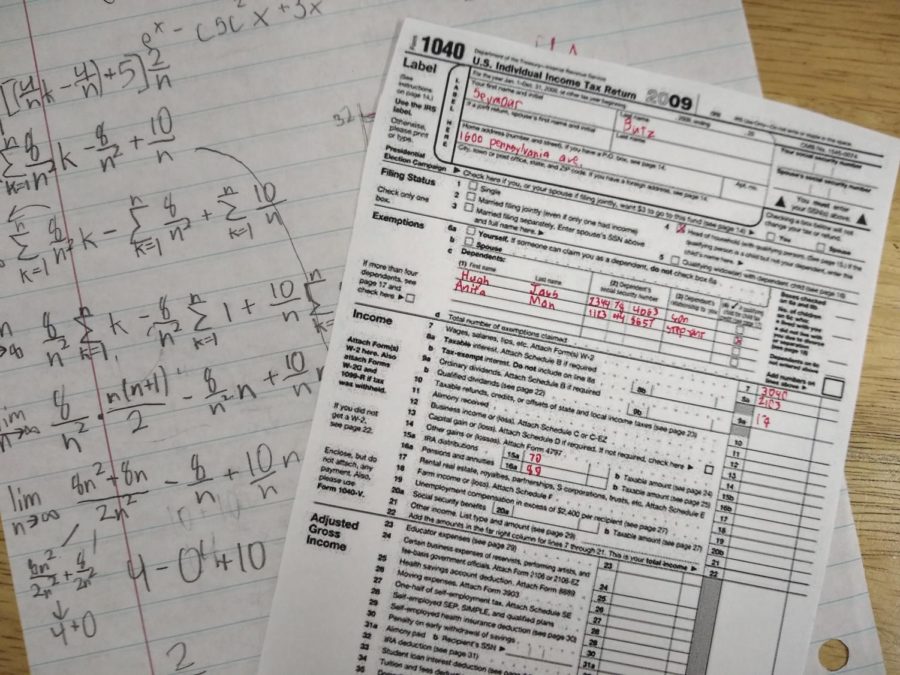Why the New TJ Admissions Policy Doesn’t Make Sense
UPDATE: As of May 17th 2022 the policy has been changed to remove the language at issue. The change occurred within hours after this article was posted to the @DoBetterFCPS twitter account. The article has been updated with a link to the policy as it was when this article was written. While the admissions policy remains imperfect, the removal of the underrepresented middle school category is a step in the right direction.
The Thomas Jefferson High School for Science and Technology (TJHSST) is one of the nations most prestigious schools, so why is its admissions method so clearly flawed? Beyond the debate around the recent inclusion of the experience factors and the removal of a standardized test, one aspect of the process stands out for it’s clear unfairness. This aspect is the methodology used to determine what constitutes a historically underrepresented middle school.
To determine which schools are historically underrepresented, the average number of admissions offers made to students over the previous five year period is compared to the school with “the highest average number [of admissions] during the same period.” If the school’s average number of admissions offers is three standard deviations fewer than the school with the most offers over that period, the school is designated as historically underrepresented. These standard deviations are defined by school district, so other districts have different specific criterions for underrepresented status. For the class of 2025, that meant that any FCPS school with an average of five or fewer students sent to attend TJHSST over the past five years was designated as historically underrepresented. This system is clearly biased toward smaller schools because the approach uses raw numbers to designate underrepresented schools, rather than percentage of the student body accepted.
Here’s an example to demonstrate why: Lake Braddock’s eighth grade class consists of 763 students. Meanwhile, Stone Middle School has an eighth grade class that consists of only 370 students. Thus, if both Stone and Lake Braddock both had 11 students accepted to TJHSST (the minimum amount of admissions offers Lake Braddock would receive under the seat allotment system assuming that there were enough applicants), the method for determining if either school were underrepresented would view the schools as being equally represented, even though almost double the proportion of students from Stone received admissions offers compared to Lake Braddock. Does this make sense? No. The admissions policy needs to be changed to reflect the percentage of admissions based on school population. Failure to do this risks harming students based on their school, a factor they have no control over, in contradiction to the stated purpose of the policy.



